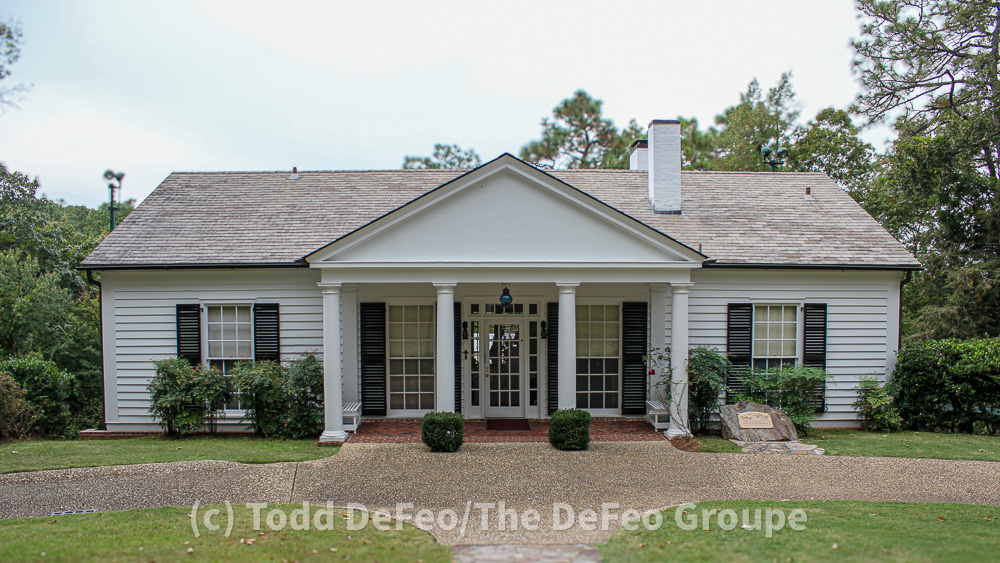WARM SPRINGS, Georgia — When Franklin Delano Roosevelt went to Warm Springs for the first time in 1924 for polio treatment, it was the start of his long-tenured association with the city.
At the time, he was not yet the 44th governor of New York or the 32nd president of the United States.
Roosevelt wasn’t alone in his affinity for Warm Springs.
Georgia residents had been escaping to the Warm Springs area since the 18th century, hoping to avoid yellow fever. In the latter half of the 19th century, the area was a popular destination for people looking to escape Atlanta.
However, Roosevelt, who was diagnosed with poliomyelitis in 1921 at 39 years old, liked the area and opted to build a house in Warm Springs. The house, a six-room Colonial Revival structure made of Georgia pine, was completed in 1932.
Three of the house’s rooms were bedrooms. In addition to a bedroom for Roosevelt, there were bedrooms for his wife, Eleanor, and his personal secretary.
Even after he was elected president during the Great Depression, Roosevelt opted to keep the house, using it as a presidential retreat.
While it was a retreat of sorts for the president, it also served as the backdrop for Roosevelt’s push to replace Peach State politicians who didn’t follow his policies. In 1938, he attempted to replace Democratic U.S. Sen. Walter George with another more loyal Democrat.
A year earlier, George openly opposed Roosevelt’s court-packing plan. The effort failed, and George remained in the Senate until 1957.
Roosevelt spent less time at the Little White House during World War II, which the United States entered in 1941. He didn’t take a sojourn to Warm Springs in 1942, as the war ramped up, but the president vacationed in Warm Springs in 1943, 1944 and 1945.
On April 12, 1945, a few months into his fourth term and shortly after the Yalta Conference near the end of the war, Roosevelt suffered a stroke.
He died two hours later of a cerebral hemorrhage. He was sitting for a portrait by Madame Elizabeth Shoumatoff at the Little White House at the time, and the unfinished portrait is on display at the house.
Since Roosevelt, several politicians have made a pilgrimage to the historic site, including Democratic presidential candidate John F. Kennedy, who spoke at the Little White House during his 1960 campaign. In 1976, Georgia native Jimmy Carter opened his general election campaign in front of the building.
Roosevelt left the property to the Georgia Warm Springs Foundation, which, in turn, granted the property to the state of Georgia. Today, it is a state park.
